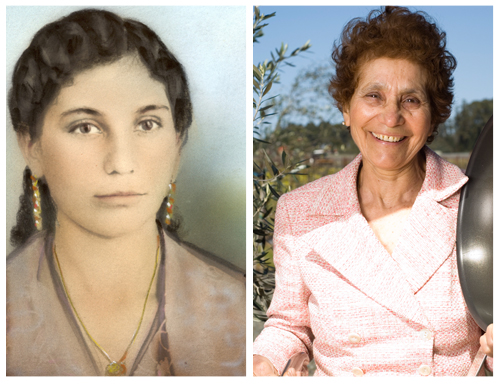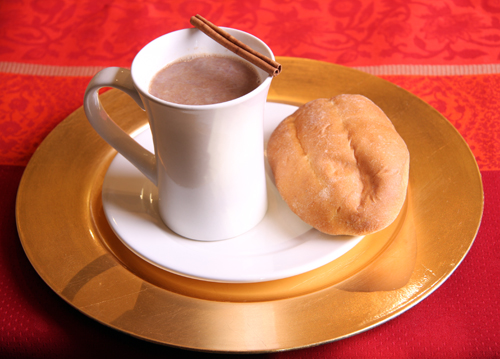Frida Kahlo - Cover of French Vogue Magazine, 1939
I used to think I was the strangest person in the world but then I thought there are so many people in the world, there must be someone just like me who feels bizarre and flawed in the same ways I do. Well, I hope that if you are out there and read this and know that, yes, it's true I'm here, and I'm just as strange as you... -Frida Kahlo
A few weeks ago my mom and I had the opportunity to travel to Mexico City to promote Ceja Vineyards at an international wine exhibition. As a travel aficionado, I was elated to visit the birthplace of the iconic Frida Kahlo. We jumped at the chance to visit her eclectic home and spent an afternoon catching a glimpse into her life. She lived, painted and eventually died at her home suitably called, La Casa Azul or The Blue House in Coyoacan.
Ever since I can remember, I have been intrigued and inspired by her work, her controversial lifestyle and complex marriage to Diego Rivera. Frida embodied a saint, muse, lover, mistress, bisexual, victim, and survivor. She was the very model of the bohemian artist: unique, rebellious, and contradictory. A cult figure adopted by feminists, artists, fashion designers and pop culture.
Here are a few of my favorite snapshots. Take a peek inside her incredible life…
La Casa Azul courtyard
La Casa Azul. Inside her home patio
Luscious gardens inside La Casa Azul
Self portrait of Frida found in her home in 2004
Frida's art studio desk and personal portrait mirror
Frida's colorful wardrobe - discovered in her home in 2004
Self portrait, "Las Dos Fridas" - 1939
Frida's kitchen. My mom and I were in complete awe
Wedding portrait. Frida and Diego - 1931
Her bedroom & the place where she passed away
One of my favorite paintings, "Viva La Vida" -1954
















